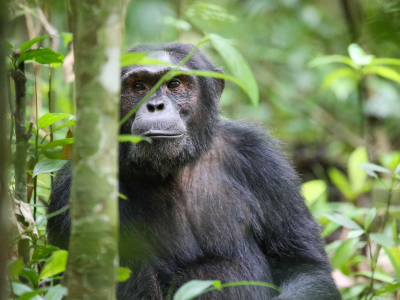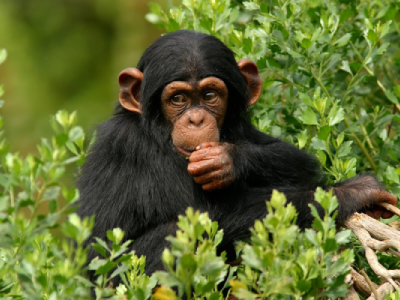All About
Gombe Stream National Park
WALK AMONG CHIMPANZEES IN AFRICA’S SOULFUL SANCTUARY
Peaceful Forest & Thrilling Encounters
Gombe Stream National Park, Tanzania’s smallest park, is a gem nestled along the eastern shores of Lake Tanganyika. Spanning just 14 square miles, this lush haven is renowned for its diverse landscapes of tropical rainforest, woodland, and grasslands. Steep valleys and clear streams make it a picturesque escape.
Known worldwide as the site of Jane Goodall’s groundbreaking chimpanzee research, Gombe offers visitors the chance to observe these endangered primates up close. Beyond chimpanzees, the park hosts rare monkeys, colourful birds, and an array of butterflies, perfect for nature enthusiasts.
A Hub of Primate Discovery
Gombe Stream National Park’s fame stems from its protected chimpanzee families, a highlight for visitors. Guided treks offer immersive experiences deep in the forest, where encounters with habituated primates provide unforgettable memories.
Apart from chimpanzees, Gombe is home to red colobus, vervet monkeys, and olive baboons. Its dense forests also support tropical birdlife, forest pigs, and unique flora, ensuring there’s something for everyone in this biodiverse haven.





















